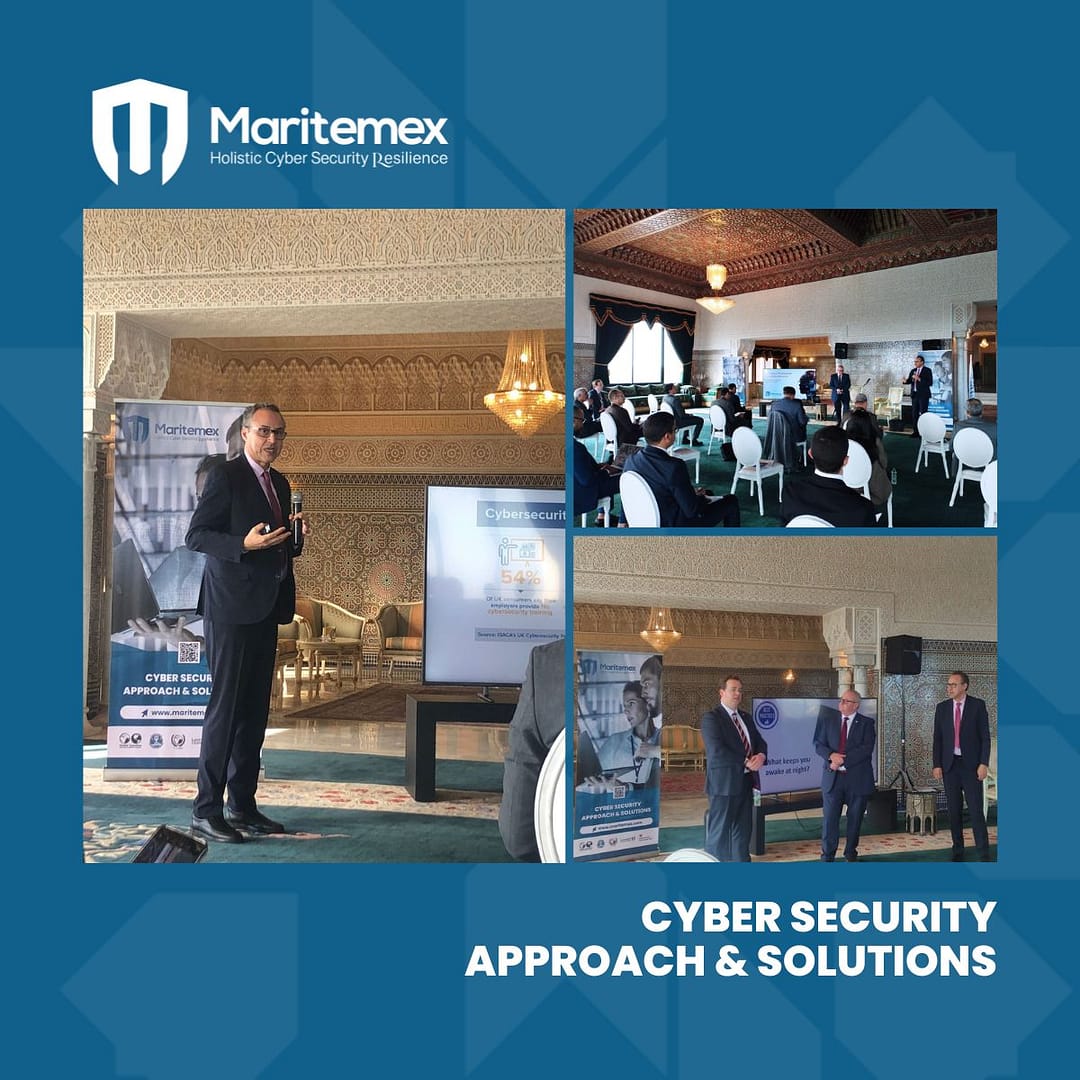Cybersecurity: the biggest risks to watch in 2023 according to Maritemex
“Les travaux du projet Dar Essalam Gardens Resort sont bien avancés après leur lancement en 2020 par la société de participations touristiques DIFAF, filiale du groupe Marita, assure le directeur du marketing et de la communication qui dit que la cité sera totalement opérationnelle en 2024.”
Public administrations and government platforms are at the top of the targets of cyberattacks. Digital service providers, the general public, the health sector and the banking and financial sector are hot on their heels. Leading a workshop on Tuesday in Rabat, a team of experts from Maritemex highlighted the biggest cybersecurity risks to watch out for in 2023 and the solutions available to secure customer data and information in the digital world.
Cybersecurity is the biggest risk for businesses and governments today. Cyberattacks have indeed a heavy impact on the global economy, estimated at $1,000 billion, according to data from 2020. The data also shows that cyberattacks using malware or new methods of cyberattack have evolved. since the advent of the Covid-19 pandemic. This development increased from 25% before the pandemic to 35% during this period, noted the participants in a workshop organized Tuesday in Rabat around the theme:
“Cybersecurity, approach and solutions”.
The meeting, organized by Maritemex, a joint venture born from close cooperation between the Kingdom of Morocco and the United Kingdom, and Templar Executives, a private cybersecurity consulting and solutions company, focused on cybersecurity for government and commercial organizations. It thus made it possible to place emphasis on national critical infrastructures (ICN).
This workshop was led by a team of experts who highlighted the solutions available to secure customer data and information in the digital world. Drawing on best practices from a technical and governance perspective, participants were able to gain insights on how to develop effective strategies to reduce information and data security risks. This also took the form of a debate to reflect on the resilience of their organizations. Presentations given by experts in the field, Professor Mohamed Essaïdi, Martin Howlett, director of “Maritemex”, and Edward Wolton, CEO of Templar Executives. The experts highlighted during this workshop that incidents linked to the main threats observed, for example example by the European Union Agency for Cybersecurity between April and July 2021, show that public and government administrations are the most attacked
They are followed by digital service providers, the general public, the health sector and also the banking and financial sector. The three speakers indicated that the main cybersecurity threats identified in the context of Covid-19 were email spam, malicious messages on social media, malicious websites, business email compromise, mobile applications , attacks and application browsing.
When it comes to “the nine biggest trends in cybersecurity to
to watch in 2023,” they cited Artificial Intelligence (AI), 5G network-related technologies (termed a new era of technology and risk), targeted ransomware (ransomware is extortion software that can lock the computer and demand a ransom in exchange for unlocking it).
Of course, they confirm that mobile phones are the new target, plus car hacking. They also discuss internal cybersecurity threats and risks, the risks of automation and integration, cloud computing and state-sponsored cyberwar. Furthermore, the three experts insisted on the importance of training in order to keep up with the rapid evolution of cybersecurity risks.









